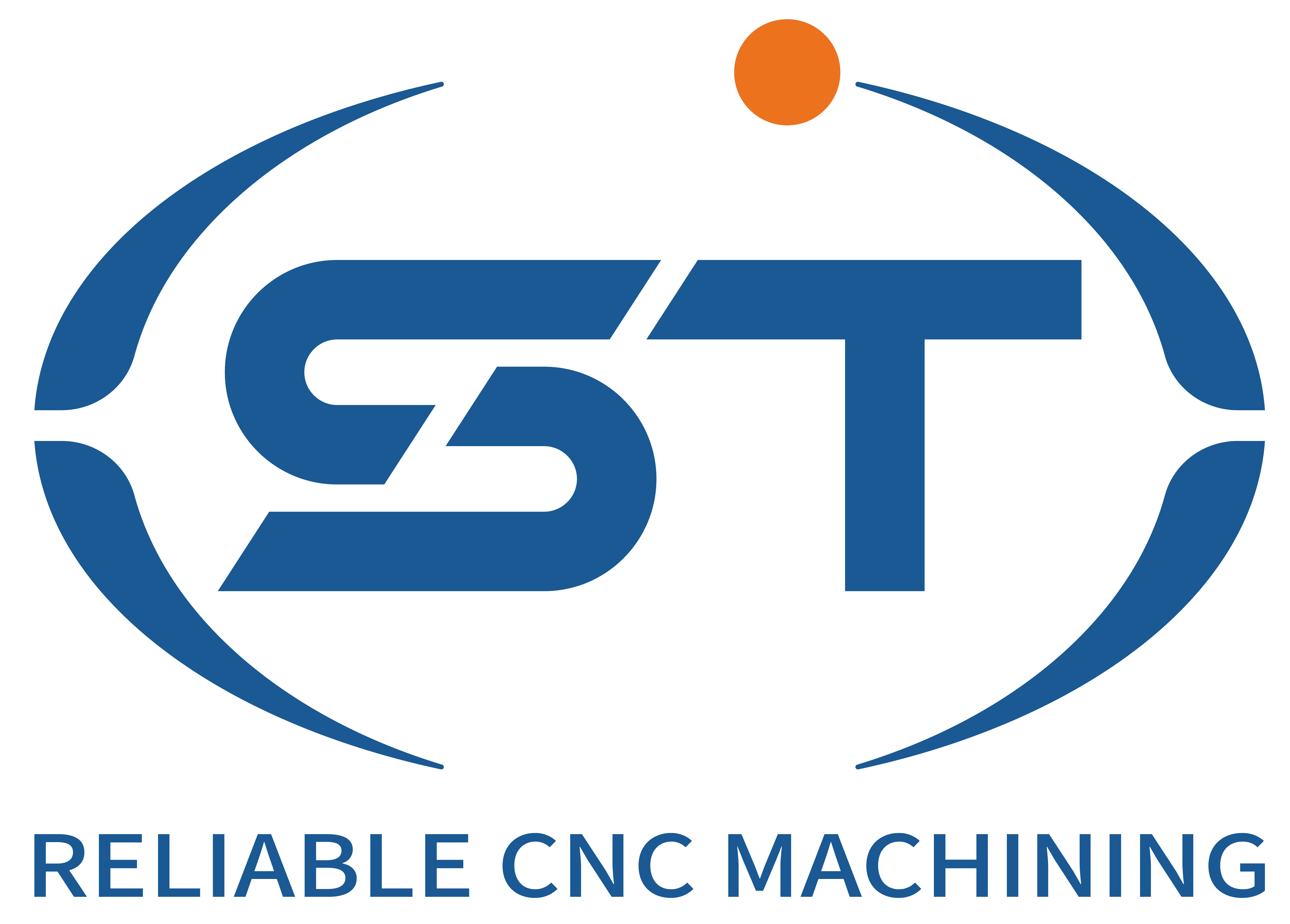The technological requirements for CNC machining of automotive wheel hubs mainly include the following aspects:
Processing preparation: Operators need to be familiar with the performance, structure, operation methods and safety precautions of the equipment, check whether all components of the equipment are in good condition, including the hydraulic system, cooling system, electrical system, etc., and ensure that the surrounding environment of the processing center is clean and free of debris. According to the processing tasks, prepare the corresponding cutting tools, fixtures, measuring tools, etc., and based on the processing drawings, compile the numerical control processing program.
Workpiece clamping: Place the workpiece on the fixture to ensure good contact between the workpiece and the fixture. Adjust the fixture to position the workpiece accurately. Lock the fixture to ensure that the workpiece does not move during the processing.
Tool selection and installation: Select the appropriate tool, adjust the tool parameters according to the processing requirements, install the tool on the tool holder, ensure that the tool holder is firmly connected to the spindle, adjust the position of the tool on the machine tool, and make the relative position of the tool and the workpiece meet the processing requirements. For instance, when processing hub molds, since the size of the hub molds is relatively large, it is recommended to use tools with a diameter greater than 30mm, and alloy round-nose tools should be used as much as possible. Such tools are durable and highly efficient.
Program debugging and processing: Input the processing program into the numerical control system, perform program debugging, check if the program is correct, and start processing after confirming that there are no errors. Start the machining center, carry out automatic processing, closely monitor the processing process, ensure processing quality, and adjust cutting parameters such as cutting speed and feed rate according to the processing situation.
Quality inspection and subsequent processing: After the processing is completed, shut down the numerical control system, stop the equipment operation, check the processing quality of the workpiece to ensure it meets the requirements, clean the equipment, and maintain the tools, fixtures, etc.




